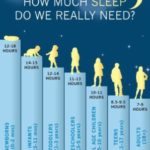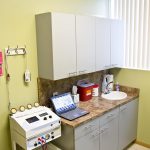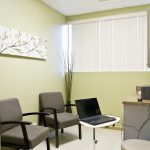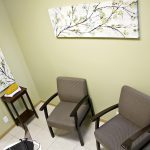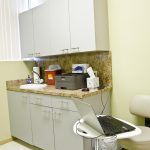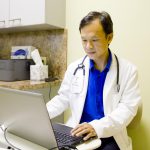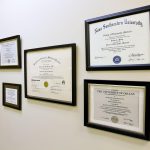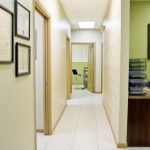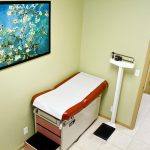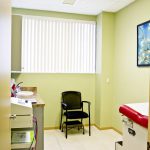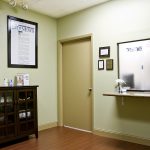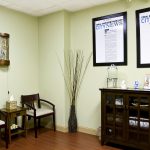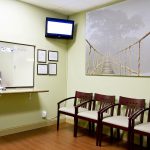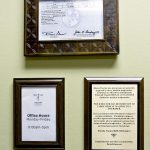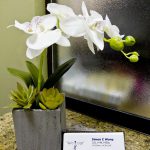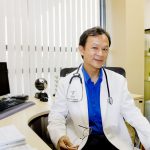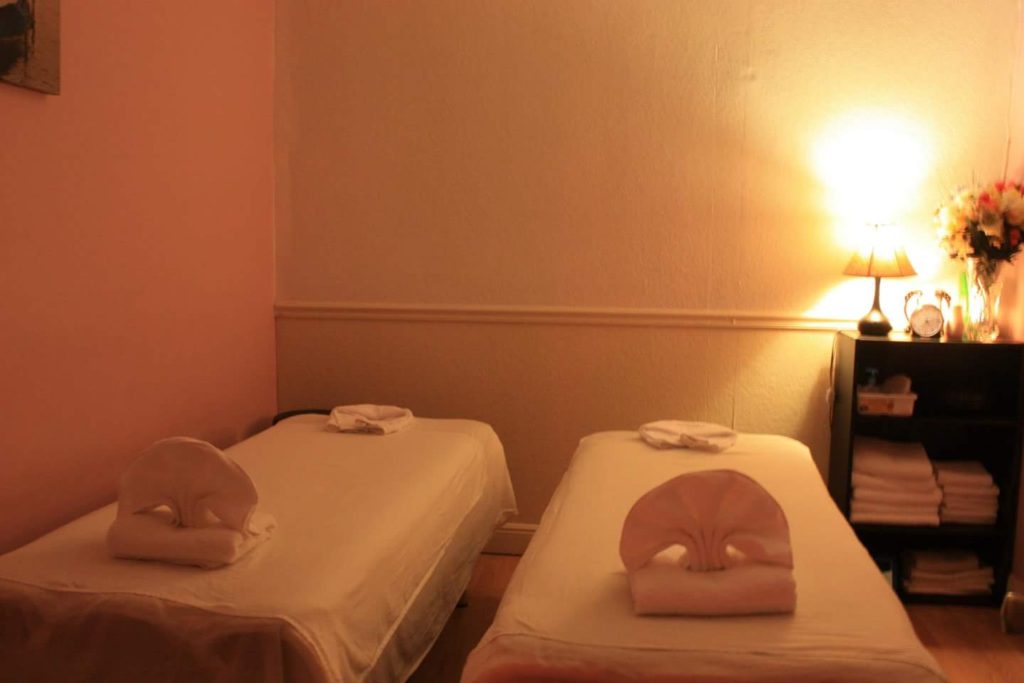
Acupressure Massage Therapy (AMT)
What should you expect in a session?
During an Acupressure Massage Therapy (AMT) session, the patient lies face down wearing their undergarments or loose-fitting clothing, such as that typically worn while exercising or doing yoga, draped with a towel on a soft massage table. Practitioners use their fingers and elbows to apply varying degrees of pressure to acupressure spots, focusing mainly on the head, neck, and lower back alongside the muscle/tendon juncture adjacent to the spinal process from the cervical spine (neck) all the way down to the sacrum (buttock) as well as some supplementary spots at the shoulder blade, elbow, knee or foot depends on individual’s lesions.
AMT practitioner works on patient’s acupressure spots, which are the “off switches” for the pain signal. Those therapeutic spots are usually located NOT on the lesion itself, but on a different part of the body. For example, for the lesions on the knee, ankle, and feet, the treatment is mainly on the “off switches” located at the buttock. Those spots are often quite tender, feedback from you during the treatment is crucial to correctly identify the “off-switches”- Is it painful here?
The treatment session can last from a few minutes to over an hour. While acute lesion such as a focal muscle spasm needs only a few sessions, it might take multiple sessions for a few months to treat a persistent chronic problem; obviously, longer duration of individual treatment session takes less number of sessions to achieve the same level of significant results. For most patients, AMT is a conservative, long lasting, and an obvious pain treatment modality considered the alternative efficacy equivalent choices are either the short-acting symptoms relief steroids injection with its undesirable side effects or invasive surgery which often have its complications.
Post-treatment care
Because energy work of any kind can cause profound relaxation, care should always be taken when rising from the table, as the leg and trunk muscles may feel weak for a time. Some might even experience mild dizziness and unsteadiness due to the total relaxation (dilation) of blood vessels produce postural hypotension especially for older patients. For those that never or rarely have any deep tissue manipulation experience, your body’s initial acute reaction to the repairing of your damaged tissue fibers in addition to the massive release of the lactic acid from the heighten tonal muscle nodules, unfortunately, would also produce transient inflammation for the next few days.
Since the therapeutic effectiveness is directly proportional to the strength of pressure applied to the lesion area, the more you can tolerate the treatment, the sooner it would be to reach the therapeutic goal.Apply heat pad. NOT cold pad, to the area as often as possible- 10 to 15 minutes at a time between treatments. In addition, to increase hydration, it helps to increase circulation and get rid of toxin such as lactic acid. Together, they shorten the duration of discomfort and achieve the better therapeutic result. Daily applications of the self-apply, inexpensive and convenient heat pad treatment are highly recommended.
How does Acupressure Massage Therapy (AMT) work?
AMT has been used for more than 2000 years in China, it applies the same principles as acupuncture to treat and prevent disease, and the fact that it is still in use today is a testimony to its effectiveness in the treatment of illness and pain. Multiple factors contribute to the wellness producing pain relief, stress reduction, and general wellbeing- it reduces muscle tension, improves circulation, and stimulates endorphin, a natural painkiller. By stimulating the parasympathetic system (“rest and digest”) system, it directly modulates the gut motility and more important, the immune system to prevent infection, cancer, and autoimmune disease. It tones down our “fight or flight” sympathetic response to stress, thereby reducing cardiovascular risk factors. Fatigue and mood are improved for those suffering from depression and anxiety. Relaxing and toning muscles prior to adjustments, makes it easier and more effective for osteopathic manipulation.



